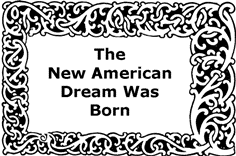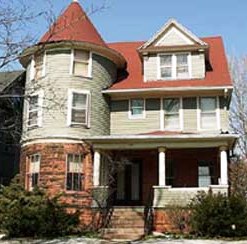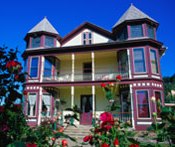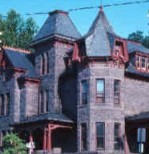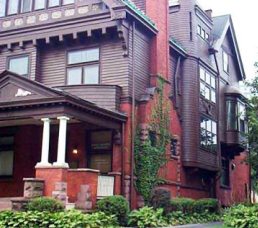|
The Victorian style 1840 - 1910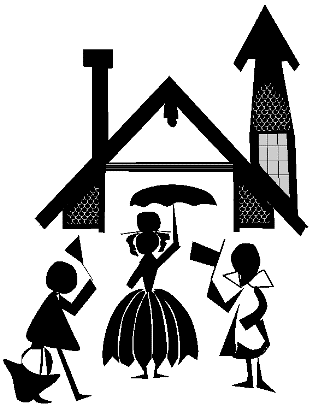
"Victorian" refers to the reign of England's Queen Victoria, 1837-1901. U.S. historians define the Victorian style period as the second half of the nineteenth century, from post-Civil War until pre-World War I. During this period life in America become more complex. Cities expanded rapidly. Millions of people immigrated from Europe, swelling the American cities and creating great commercial urban centers. Each with its own social, economic and ethnic character. The familiar farm scene life style changed as people flocked to the cities to work. Social problems developed as religious, ethnic, and racial conflicts rose. New technology and the railroad system meant greater distribution of mass produced materials. Lumber, stone, brick, and glass became more readily available to the builder. An abundance of architectural publications gave details for many new styles. Central heating, indoor plumbing, refrigeration, and gas lights solved problems and brought comforts to homes. Designs became larger and more detailed. Large homes were built for the wealthy using the Victorian principle of anything goes. ________________________________________
The new American dream was born
The population began to retreat to rural areas. Building styles began to reflect the emphasis on freedom of choice, ethnic traditions, and importance of the home and family. The styles of this period are characterized by bold designs and surrounding grounds.
The variety of Victorian building was dramatic to say the least. A growing population, prosperity, and immigration of carpenters fueled building. Widespread distribution and publishing of pattern books and home plans pushed creativity.
This creativity lead to at least eight distinct architectural styles with numerous secondary styles, all of which are under a broad heading of 'Victorian." These styles overlapped in date and none had a specific beginning or end.
Colonial revival ________________________________________
As the Romantic movement in architecture developed, architects in the United States lost interest in Greco-Roman Classicism (Georgian and Federal styles)and worked with styles of medieval and other non-classical forms of building. Multi-textured and multicolored exteriors, strongly asymmetrical facades, and steeply pitched roofs are common features.
IDENTIFYING FEATURES:
The Late Victorian period is often considered a time when people expressed the most freedom in designing buildings. Victorian styles clearly reflect thios through their extravagant use of complex shapes and elaborate detailing. The end of the Victorian era turned to Colonial Revival. This movement began with the Centennial celebrations of 1876 and continued through the 1880s and '90s to become dominant in the 20th century. ________________________________________
For many - "gingerbread" - summarizes the Victorian style.
|






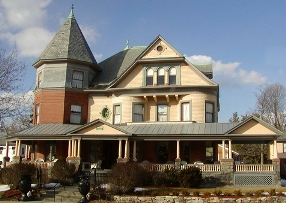
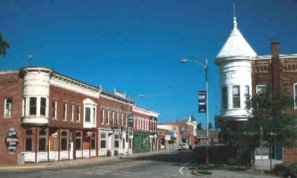 The old wooden structures were disappearing and being replaced by limestone, brownstone, brick and iron. Many row houses and tenement building were built in a great variety of styling.
The old wooden structures were disappearing and being replaced by limestone, brownstone, brick and iron. Many row houses and tenement building were built in a great variety of styling. 